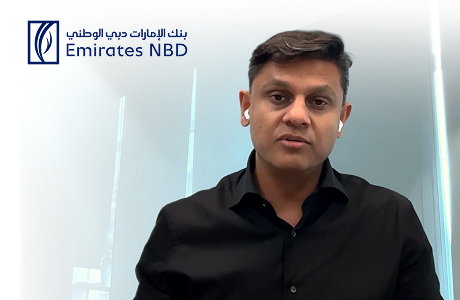X-Labs
Get insight, analysis & news straight to your inbox

Structured Data Classification: Top 5 Tools and Best Practices

Lionel Menchaca
December 16, 2025

Go Slow to Go Fast: The New AI Playbook for IT Infrastructure

Jonathan Knepher
December 15, 2025

10 Best DSPM Tools Compared: Comprehensive Guide for CISOs

Lionel Menchaca
December 14, 2025

Selecting the Right DSPM Solution for Cloud Security: A Comprehensive Guide

Tim Herr
December 13, 2025

Tracking Global Data Protection Laws in 2026

Kieran Laffan
December 12, 2025

DSPM Use Cases for 2025: Compliance, AI and Cloud Security

Lionel Menchaca
December 11, 2025

Gartner Recommends Blocking AI Browsers – Here’s Why

Bryan Arnott
December 10, 2025

Why California’s New Browser Law Impacts Your Data Governance

Tim Herr
December 9, 2025

Agentic AI: Securing a New Generation of Digital Actors

Nick Savvides
December 8, 2025

Comprehensive Guide to Data Security Posture Management (DSPM)

Lionel Menchaca
December 7, 2025

How DSPM Enhances Security for AI Applications

Tim Herr
December 6, 2025














